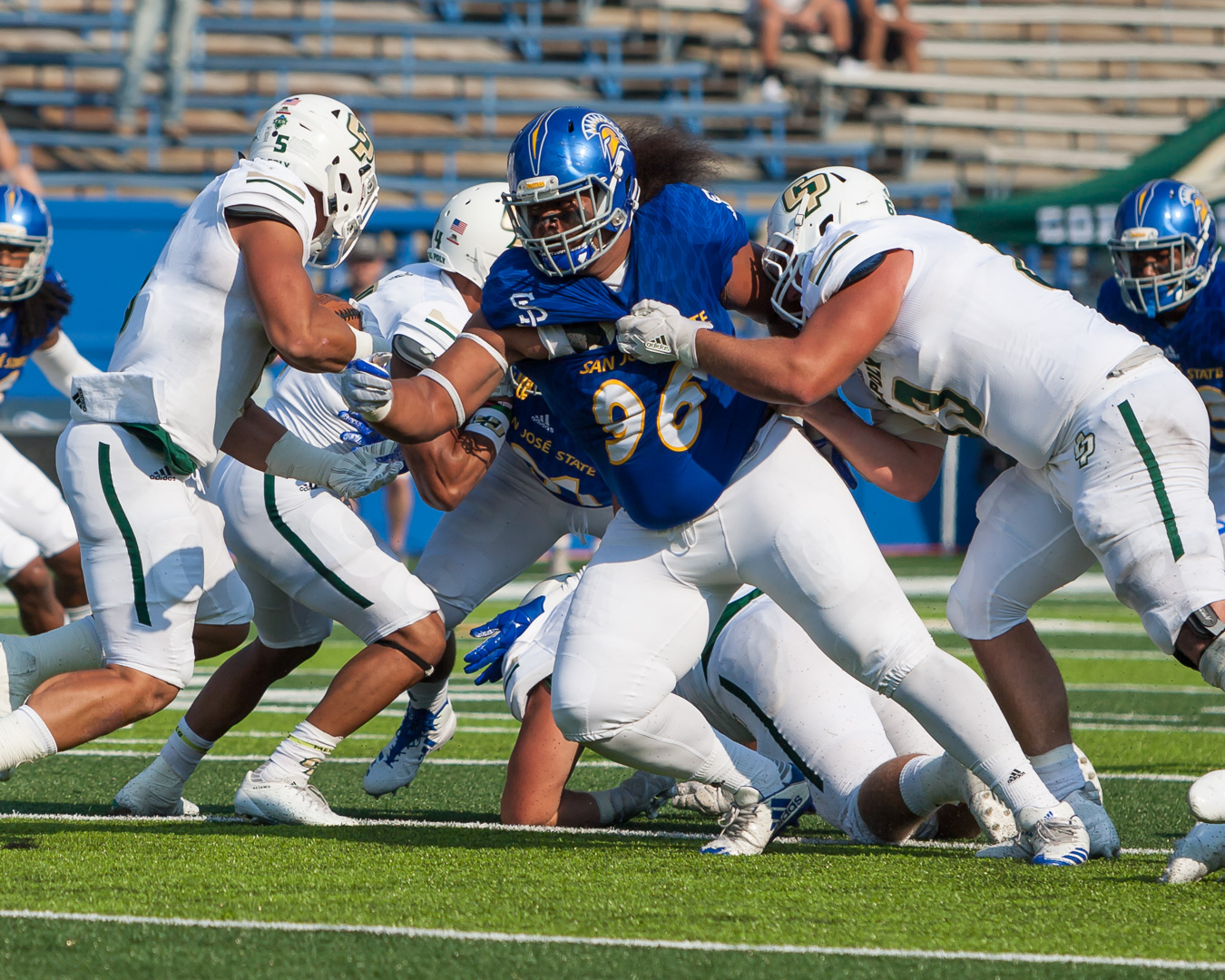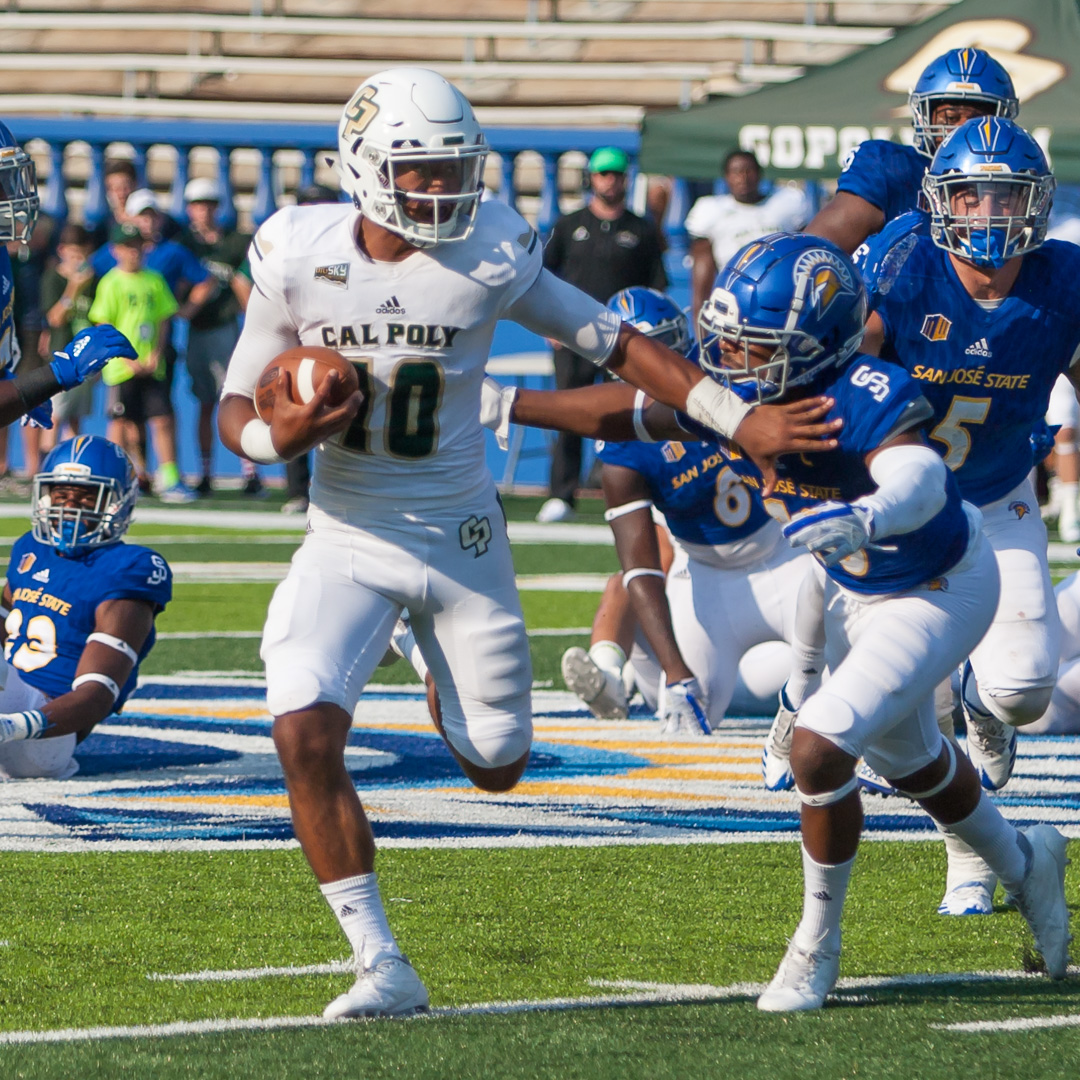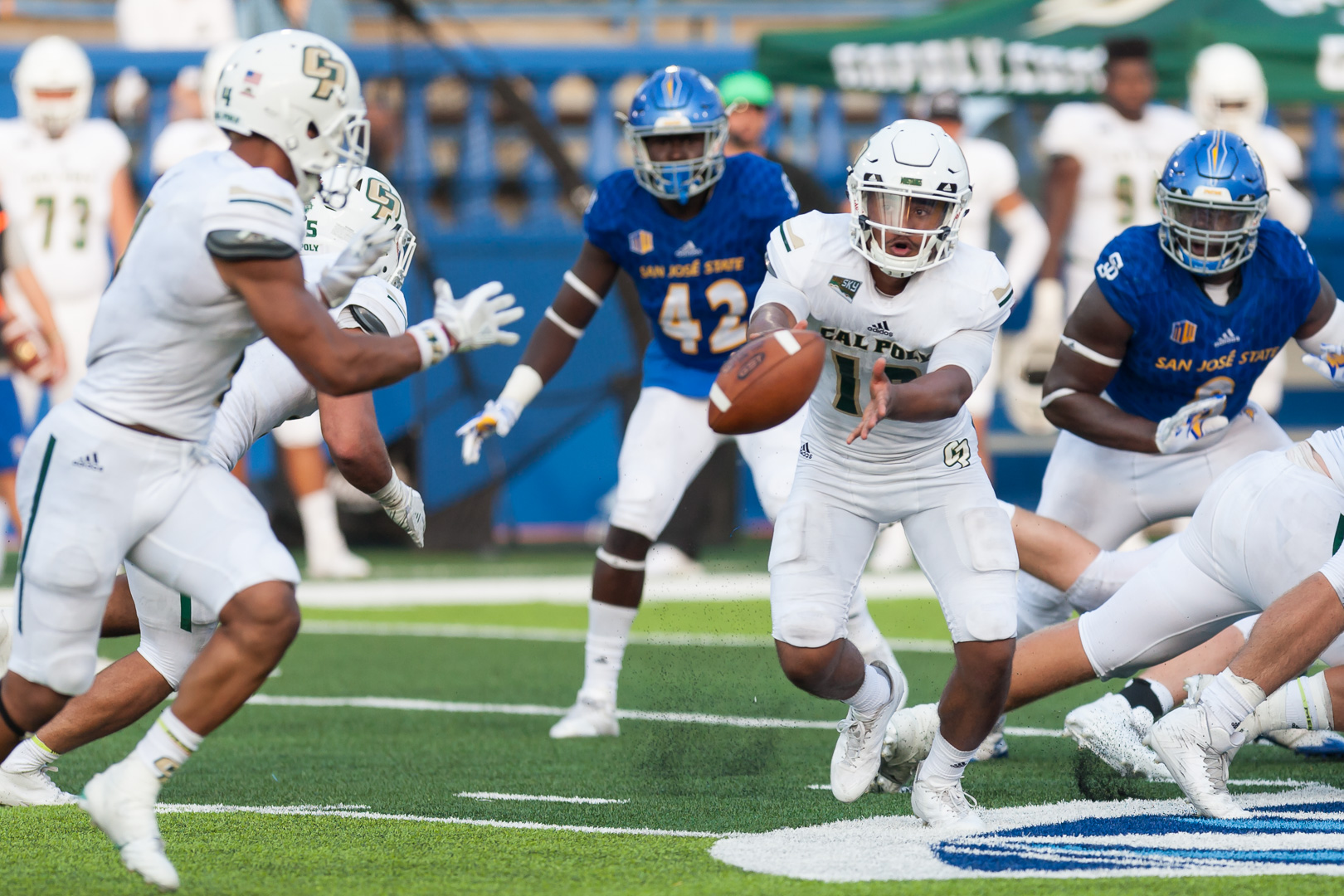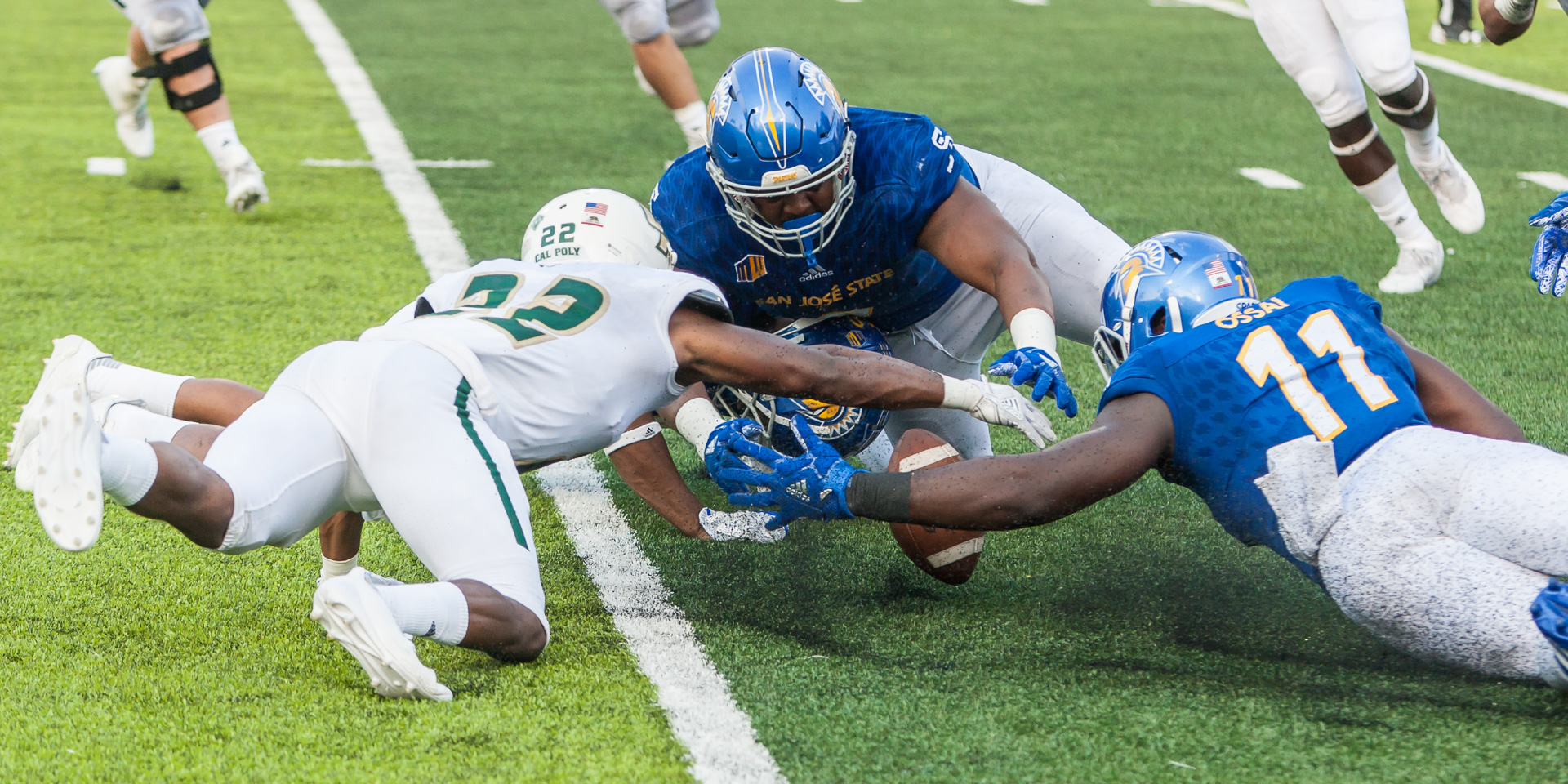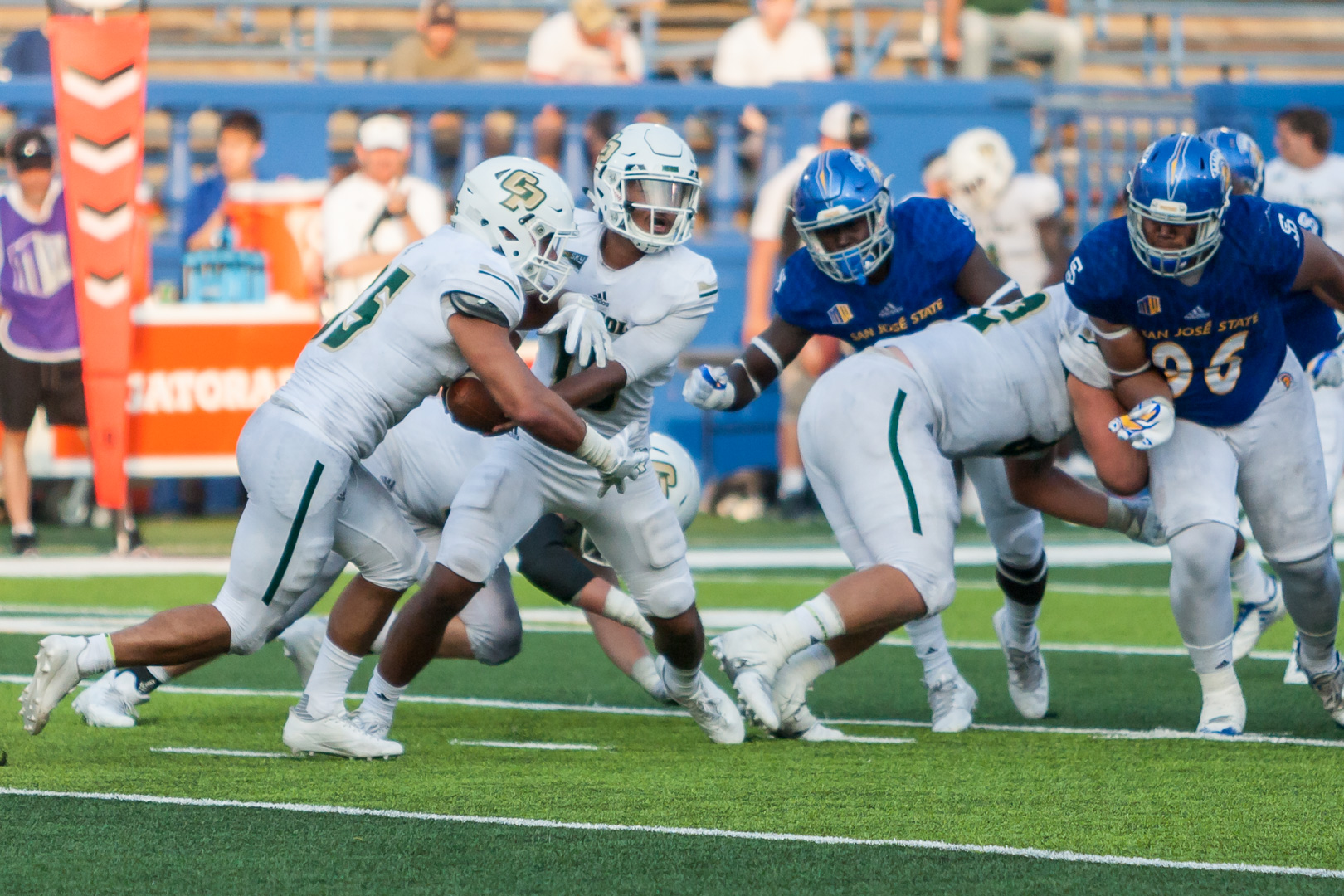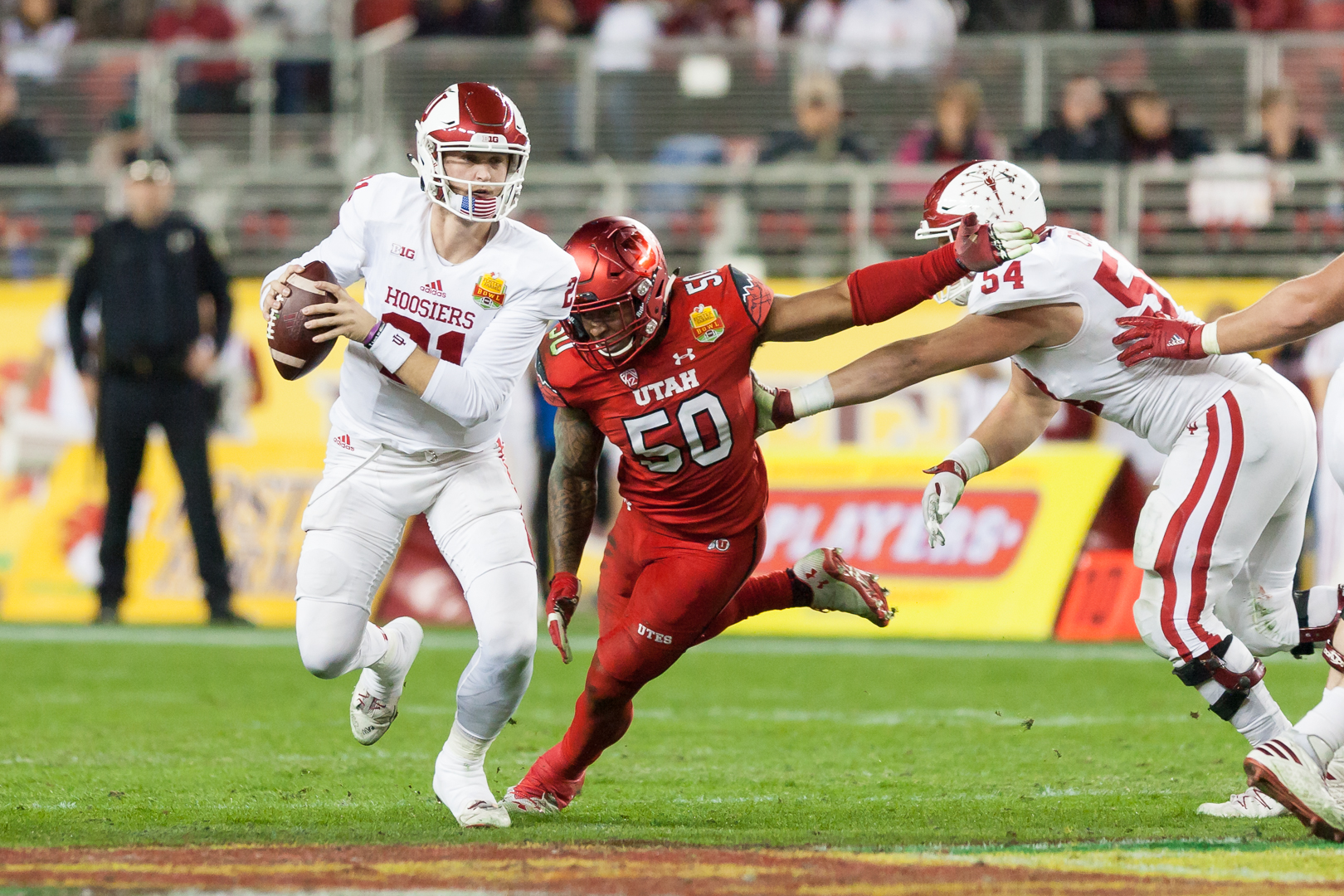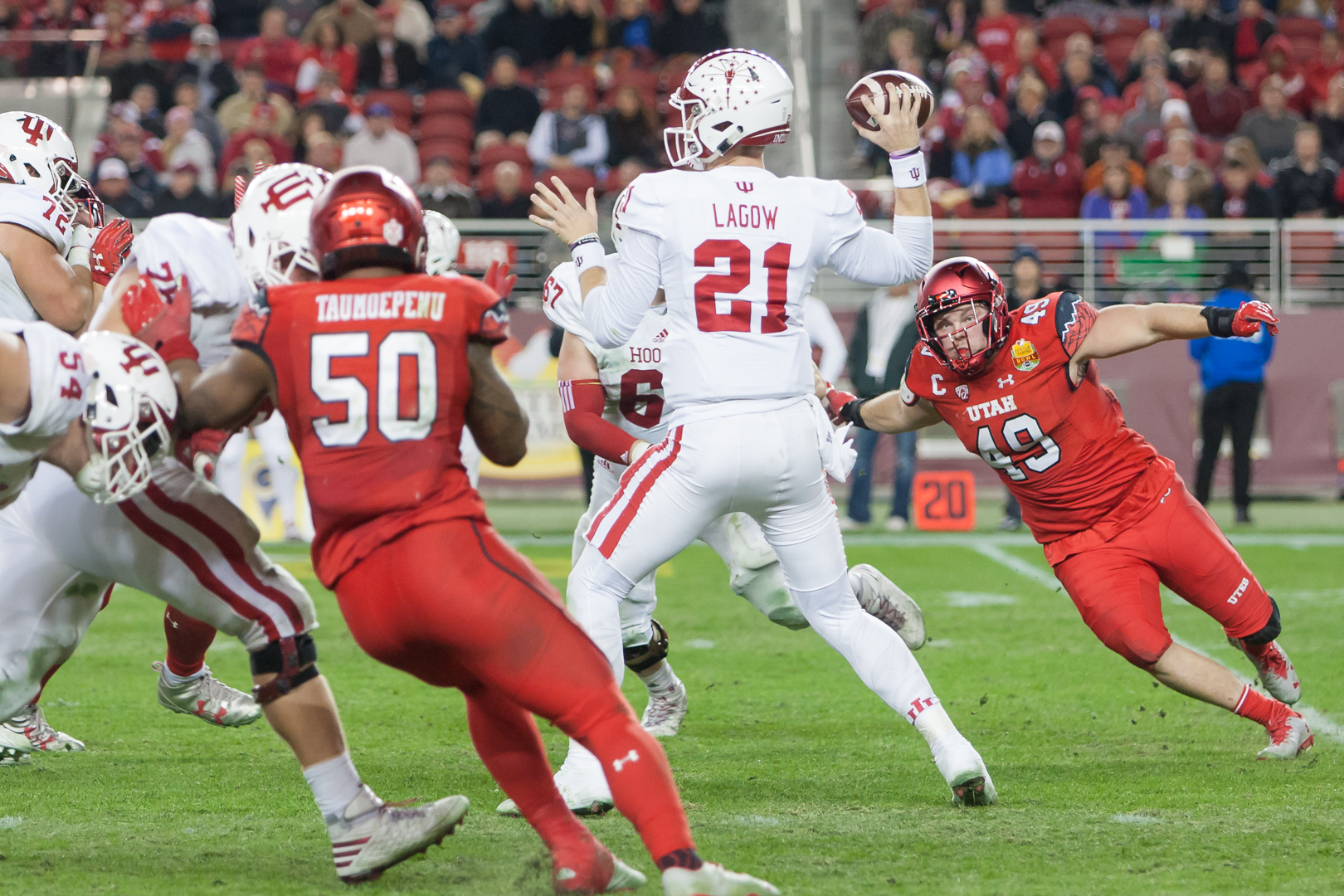Another post about equipment…
In my last post I talked about getting up to speed with the latest and greatest full-frame Canon body (the R5) and after another couple months of shooting I can report that it continues to live up to my expectations in almost every way. I’ve shot some middle school sports with it and done a fair amount of landscape photography as well, and the it doesn’t disappoint, from a technical standpoint. There are still some feature improvements and UI tweaks I’d propose to Canon that could make it a little better but that’s a post for another day.
Today I want to talk about my Canon M-50 and the just-announced R50, and what Canon is offering “serious” photographers looking for a compact system.
A couple years ago it became clear that Canon was abandoning the EOS-M lens mount (as well as EOS-EF and EF-S) for the unified RF mount. I’m not sure they ever really gave the M system a chance to thrive, given that they kept pushing EF-S, including releasing new Rebel cameras.
Last week Canon finally announced the R50 which is a direct replacement for the M-50. This is Canon’s way of saying “We understand there’s demand in this segment and we haven’t forgotten about you.” The best article I’ve seen so far about this (not even shipping yet) camera is at The Digital Picture here. He does a good job of comparing it directly to the M-50.
I like the idea of a unified mirrorless system for full-frame and reduced-frame (APS-C) sensors and the RF/RF-S system is probably the best way to go long term but I’m still uncomfortable with the way the transition is going, and I just invested more money in filters and accessories for my (now officially dead-end) M-50.
There are three reasons I’m grumpy here:
I bought in for $2,000 or so, and nobody likes it when their horse loses. (I bought the body with the kit lens, the 55-200, the 11-22, some spare batteries, a set of ND filters and step-up rings, etc.) Sure, the camera still takes great photos and I plan to keep using it for a long time and maximizing that investment. But it’s sad to know that everything about it is discontinued.
Big transitions are hard to execute! Canon product managers have a lot of competing interests to balance when deciding how to prioritize new bodies and lenses and it’ll be a while before the transition is complete.
The RF mount has been out for a couple years and we’re just now getting RF-S bodies and lenses added to the lineup, and there still isn’t a direct replacement for Canon’s dSLR 1-D flagship. I love that they’re recycling EOS-M lens designs into RF-S lenses to flesh out the low-end and compact part of line quickly, but there’s still no RF-S version of my favorite EOS-M lens: the 11-22. There probably will be someday, but not today.Canon will never make a pro-level compact body and pro-level compact lenses. This is by far the biggest issue, and really the driver for this blog post.
I don’t think Canon will ever take the reduced frame camera line very seriously. (for bodies OR lenses) As a landscape photographer willing to pay good money for a small, light, high quality system to carry with me when I don’t want to carry the full-frame thing, will Canon ever have an offering for me?
The camera bodies have the technical basics down - they just need some refinement. Will Canon ever put a remote shutter release port on an RF-S camera body? Why not another control dial so I can change Exposure as well as Aperture without switching dial settings?
And sadly, the lenses will probably never be top-notch, because Canon seems to equate lens quality with size (physical size as well as maximum f-stop). Will they ever make an L-series RF-S lens? I’m not looking for the wide aperture but I’m willing to pay money for a nicer RF-S lens with a metal mount, solid construction, weather sealing, flourine coatings, etc.
As I said above, the M-50 still works just fine and I’ll continue to shoot with it for a long time. I’ll use the R5 when I want the highest performance and size and weight aren’t a problem and the M-50 when I’m willing to compromise. I just want a word with the Canon product management team…


